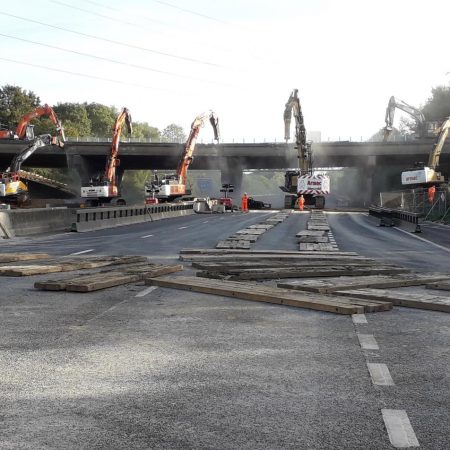How Critical Thinking Reconciles Design Vision with Budget, Timing and Lifetime Value
Incentive-based procurement is, or should be, the way forward for infrastructure projects. Procurement teams and infrastructure operators are all too familiar with the alternative: prescriptive contracts and an adversarial approach to costs and timing. These have never delivered the desired outcomes of better quality and value – and never will.
Issues arise when the design vision meets the realities of budget, timing, and the existing asset condition. In the old, transactional world, reconciling these issues became a process of compromising the design vision, cutting corners on quality or haggling over cost and schedule overruns.
In the new world of incentive-based contracting there’s room for critical thinking to find solutions that are easier to live with and justify. Ones that are true to the design vision and performance requirements, while delivering projects on time and within budget.
The Need for a Broader Vision
There is a major cultural shift in the infrastructure sector, for both customers and contractors. Critical thinking at the right stages of the project brings in other points of view and wider information sets and synthesizes them to support better decision making.
Critical thinking uses previous project experience as a resource rather than a straightjacket. The construction sector hasn’t traditionally been great at critical thinking and it needs to get better.
With critical thinking we can go beyond the basics of project-centric delivery and help our customers make the most of their assets and budgets. We can also look beyond the initial build cost to consider long-term value and the ongoing cost.
Lifetime Value
Sometimes solutions may be more expensive at the front-end but bring the opportunity to reduce ongoing costs long-term. With shared risk and reward it’s possible to find creative ways to ensure that short-term budget constraints don’t get in the way of securing better long-term value.
The demolition of Romsey Road Bridge is an example of critical thinking in action. The demolition of the pre-stressed bridge would be complex and time critical, so industry leaders Armac Demolition were engaged.
In collaboration, we developed a progressive fragmentation method which de-risked activities and sped up demolition. Every aspect of the project was considered and planned, along with contingency arrangements. As a result, the M27 was re-opened 16 hours early.
The UK’s transport infrastructure faces significant challenges. Some parts of the road and rail network are wearing out, others need upgrading for step-free access, and many could benefit from emerging technologies. Critical thinking and incentive-based contracting will play a vital part in meeting these challenges cost-effectively while creating a world-class transport infrastructure.

